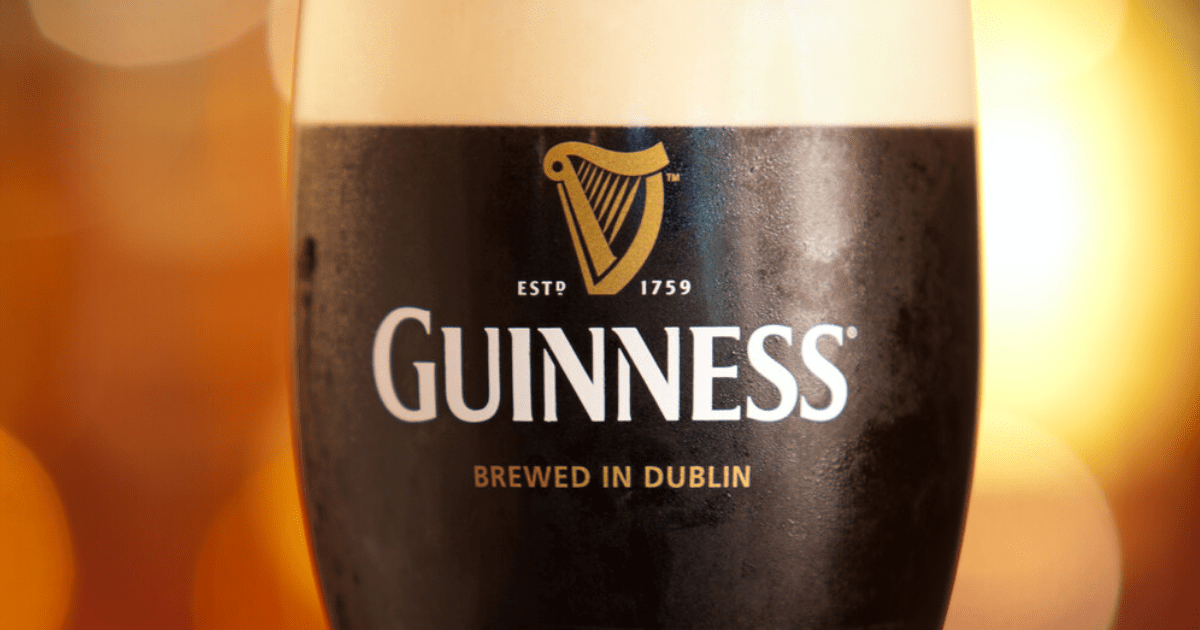Guinness Galore
Cheltenham is gearing up for a boozy week with over 300,000 pints of Guinness expected to be downed by punters. Additionally, 14,000 bottles of Champagne are set to be popped at the event.
Royal Attendees and Celebrity Fans
Queen Camilla, Zara and Mike Tindall, Sir Rod Stewart, and Sir Alex Ferguson are just a few of the notable names who will be gracing the event. With almost 250,000 race-goers expected, the festival promises to be a star-studded affair.
Celebrating 100 Years
As the Cheltenham Festival marks its 100th year, excitement is brewing for the prestigious Boodles Cheltenham Gold Cup on Friday. The event, worth £625,000 in prize money, will also see The Jockey Club providing 100,000 opportunities for young people to experience the sport over the next decade.
Frequently Asked Questions
What health precautions are necessary when training a racehorse?
Preventing injury and illness requires that you pay attention to your racehorse’s health. It is important to have regular veterinary exams, receive vaccinations, provide dental care, and maintain proper hoof health. It is also important to monitor the horse for any signs of strain or fatigue. The risk of musculoskeletal damage can be minimized by implementing a progressive training regimen.
How do I train a racing horse?
The process of conditioning a racehorse involves a gradual progression that includes both long, slow distances for building stamina, and shorter, more intense workouts to increase speed. Over time, the horse’s cardiovascular system and musculature must be strengthened through an exercise program that simulates racing without causing injuries or undue strain.
When can a horse be expected to start racing training?
While horses can begin basic race training as young yearlings (or even younger), most start their more intensive training when they reach two years of age. This is when their bodies are mature enough to handle the stresses of the track while still being young and adaptable for the learning process. However, timing will vary depending upon the horse’s individual temperament and developmental stage.
What is a trainer’s role in training a racing horse?
The jockeys are essential in the training and development of racehorses. They not only ride the horses during workouts, providing feedback on the horse’s performance, but also help in educating the horse about racing tactics, such as pacing, positioning, and responding to commands. Good jockeys are able to identify the strengths and weaknesses of their horses, which is essential for race preparation.
What’s the first step when training a racehorse?
During the first phase of racing a horse, there is a critical “breaking” stage where the horses become accustomed with a saddle, bridle or the weight from a rider. In these early sessions patience and gentle treatment are essential to ensure that the horse becomes comfortable with humans and the equipment he will wear during his racing career.
How often should racehorses be trained?
Racehorses are trained according to their individual needs, fitness levels, and race schedule. Typically, they would have a daily routine consisting of exercise such as walking, trotting, and cantering, with more exertive work such as galloping or breezing several times a week to build stamina and speed. Rest days will allow your horse to recover, and help prevent overtraining.
Statistics
- Approximately 70% of a racehorse’s diet consists of forage, with the remainder made up of grains and supplements to meet their high-calorie needs.
- An extensive survey indicated that over 90% of racehorse trainers utilize swimming as a low-impact exercise in their conditioning routines.
- The majority of racehorses in training are subject to an exercise regimen that includes being ridden six days a week.
- Studies suggest that proper early training can reduce the risk of musculoskeletal injuries in racehorses by up to 50%.
- Statistically, less than 1% of thoroughbred foals born each year will go on to win a stakes race.
- Research has found that a racehorse’s stride length can increase by up to 7% following specific strength and conditioning programs.
External Links
horseracing.com
theridinginstructor.net
racingpost.com
thoroughbredracing.com
britishhorseracing.com
paulickreport.com
How To
How to cool down a racehorse after a workout
It is important to cool down the racehorse after exercise to avoid muscle stiffness. This will also help with recovery. Begin with a gentle walk, using a long rope. This will allow the horse to slowly lower its heart rate and respiratory rate. During this time, you can assess your horse to see if it is showing any signs of injury or distress. After a gentle stretch of the limbs, neck and shoulders, continue with another session. Finish by grooming your horse. This will relax the muscles, and you can check for any cuts or injuries.

